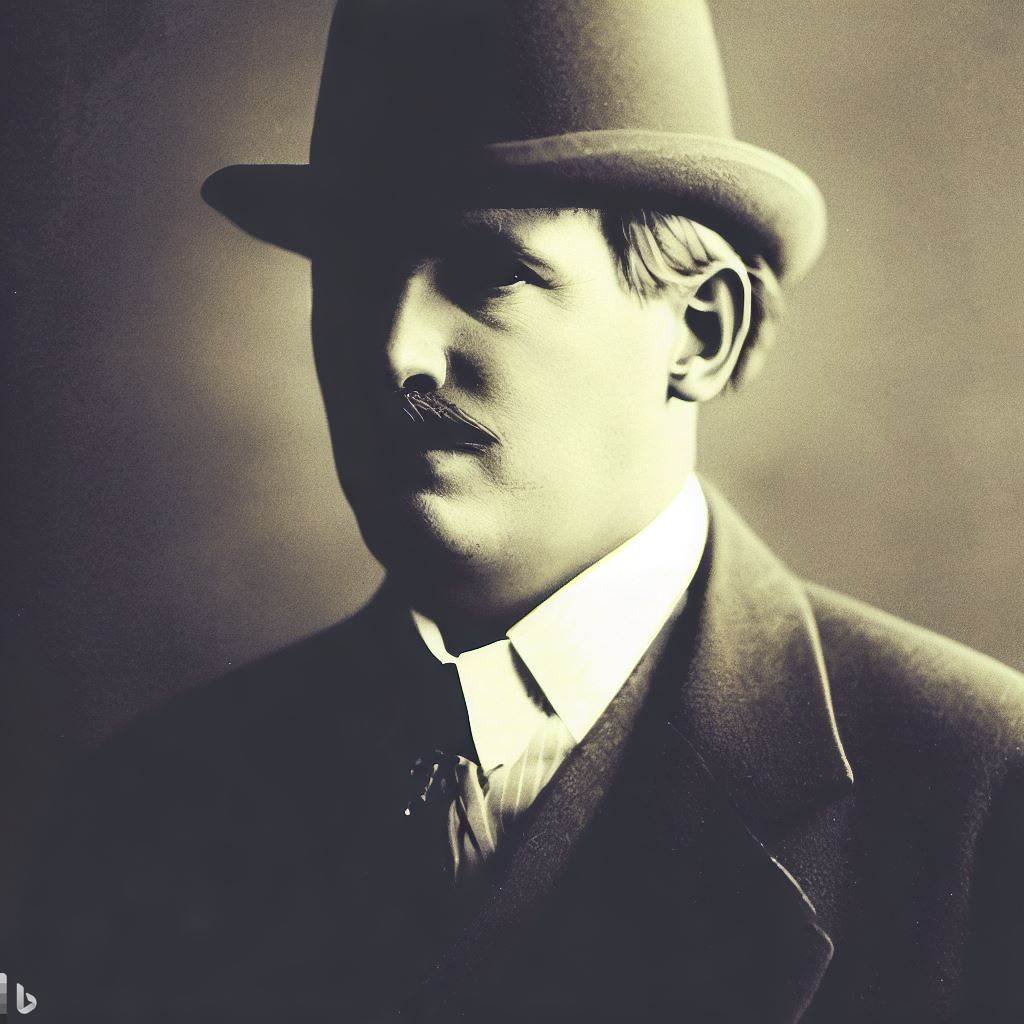Introduction
Thomas Alva Edison, often referred to as the “Wizard of Menlo Park,” was an American inventor and entrepreneur who shaped the modern world with his innovative ideas and groundbreaking inventions. From the phonograph to the electric light bulb, Edison’s inventions revolutionized how we communicate, entertain, and illuminate our lives. This article delves into Edison’s life, exploring his early years, major inventions, business ventures, and the lasting impact of his work on society.
Early Life and Education
Childhood
Thomas Edison was born on February 11, 1847, in Milan, Ohio. He was the youngest of seven children and displayed a curious and inventive nature from a young age. Edison’s family moved to Port Huron, Michigan, when he was seven, where he spent most of his childhood.
Early Education
Edison’s early education was a mix of homeschooling by his mother, who was a former schoolteacher, and brief stints at public school. However, his inquisitive nature and frequent questioning led to issues with his teachers, and he was primarily educated by his mother, who taught him a wide range of subjects, including reading, writing, arithmetic, and science.
Teenage Years
As a teenager, Edison developed a passion for chemistry and set up a small laboratory in the basement of his family home. He also began working as a train boy on the Grand Trunk Railway, where he sold newspapers and snacks. This job allowed Edison to pursue his interest in telegraphy, which he learned from a fellow railway worker.
The Beginning of Edison’s Career
Early Inventions
Edison’s first significant invention was the Universal Stock Ticker, which he created in 1869. This device improved upon existing stock tickers by allowing simultaneous transmission of stock prices to multiple telegraph offices. The success of this invention earned Edison enough money to establish his first laboratory in Newark, New Jersey.
Telegraph Operator
Edison’s expertise in telegraphy led him to work as a telegraph operator for Western Union. During this time, he developed several improvements to telegraph equipment and invented the duplex and quadruplex telegraph systems, which increased the efficiency of long-distance communication.
Major Inventions and Achievements
The Phonograph
In 1877, Edison invented the phonograph, a device that could record and playback sound. This invention revolutionized communication and entertainment, making it possible to preserve and share music, speeches, and other audio content.
The Light Bulb
One of Edison’s most famous inventions is the electric light bulb. Although he did not invent the concept of the light bulb itself, Edison perfected a practical and long-lasting version using a carbon filament. In 1879, he successfully demonstrated his incandescent light bulb, which became the foundation for modern electric lighting.
The Motion Picture Camera
In 1891, Edison and his team developed the kinetoscope, an early motion picture camera and viewing device. This invention laid the groundwork for the modern film industry and changed the way people experienced entertainment.
Edison’s Business Ventures
General Electric
Edison’s numerous inventions and improvements to existing technologies led him to establish various companies. One of his most notable ventures was General Electric, which he co-founded in 1892 with several other inventors and investors. Today, General Electric is a multinational conglomerate with a diverse range of products and services.
Edison Electric Light Company
In 1878, Edison founded the Edison Electric Light Company to develop and market his electric lighting system. This company eventually evolved into the modern-day Consolidated Edison, a major energy provider in the United States.
Edison Manufacturing Company
Edison established the Edison Manufacturing Company in 1889 to produce his inventions, including the phonograph and motion picture equipment. The company also manufactured batteries, chemicals, and other electrical products.
Impact on Society
Advancements in Communication
Edison’s inventions, such as the phonograph and telegraph improvements, revolutionized communication. His innovations allowed people to communicate more efficiently and share information faster, ultimately leading to a more interconnected world.
Influence on Entertainment
The invention of the phonograph and motion picture camera changed the landscape of entertainment. These inventions gave rise to the music and film industries, providing people with new forms of leisure and creative expression.
Electrification
Edison’s development of the electric light bulb and his work on electric power distribution systems contributed significantly to the electrification of cities and homes. His efforts made electricity more accessible, affordable, and reliable, paving the way for countless modern technologies and conveniences.
Challenges and Controversies
The War of the Currents
During the late 1880s and early 1890s, Edison was involved in the “War of the Currents,” a heated rivalry with inventor and engineer Nikola Tesla and businessman George Westinghouse. This conflict centered around whether Edison’s direct current (DC) or Tesla and Westinghouse’s alternating current (AC) should be the standard for electric power distribution. Ultimately, AC prevailed as the more efficient and safer option.
Patent Disputes
Throughout his career, Edison was involved in numerous patent disputes, both as a plaintiff and defendant. Some critics argue that Edison took credit for the work of his employees or infringed on the ideas of other inventors.
Personal Life and Death
Edison married twice, first to Mary Stilwell in 1871 and later to Mina Miller in 1886. He had six children, three from each marriage. Edison passed away on October 18, 1931, at the age of 84, leaving behind a remarkable legacy of innovation.
Legacy and Influence
Thomas Edison’s life and work continue to inspire inventors, entrepreneurs, and dreamers worldwide. His inventions and improvements to existing technologies have had a lasting impact on society, shaping the way we live, work, and communicate. Edison’s spirit of innovation and determination serves as a reminder of the power of human ingenuity and the potential for progress when we dare to dream and persist in our endeavors.
Conclusion
Thomas Edison’s extraordinary life and groundbreaking inventions have left an indelible mark on the world. From the phonograph to the electric light bulb, his innovations have transformed the way we communicate, entertain, and illuminate our lives. The legacy of the “Wizard of Menlo Park” will continue to inspire generations to come, as we strive to push the boundaries of what is possible and shape a brighter future for all.
FAQs
- What were some of Thomas Edison’s most notable inventions?
Edison is best known for his work on the phonograph, electric light bulb, and motion picture camera. These inventions revolutionized communication, entertainment, and electric lighting. - What was the War of the Currents?
The War of the Currents was a rivalry between Thomas Edison, Nikola Tesla, and George Westinghouse over the best method for electric power distribution. Edison favored direct current (DC), while Tesla and Westinghouse supported alternating current (AC). In the end, AC became the standard due to its greater efficiency and safety. - What businesses did Thomas Edison establish?
Edison founded several companies, including the Edison Electric Light Company, Edison Manufacturing Company, and General Electric. These companies produced and marketed his inventions and other electrical products. - How did Thomas Edison’s inventions impact society?
Edison’s inventions contributed to advancements in communication, entertainment, and electrification. His innovations in telegraphy, the phonograph, and the motion picture camera changed how people shared information and experienced leisure, while his work on the electric light bulb and power distribution systems made electricity more accessible and reliable. - What controversies surrounded Thomas Edison during his lifetime?
Edison faced several controversies during his career, including the War of the Currents and numerous patent disputes. Critics have argued that he took credit for the work of his employees or infringed on the ideas of other inventors.








